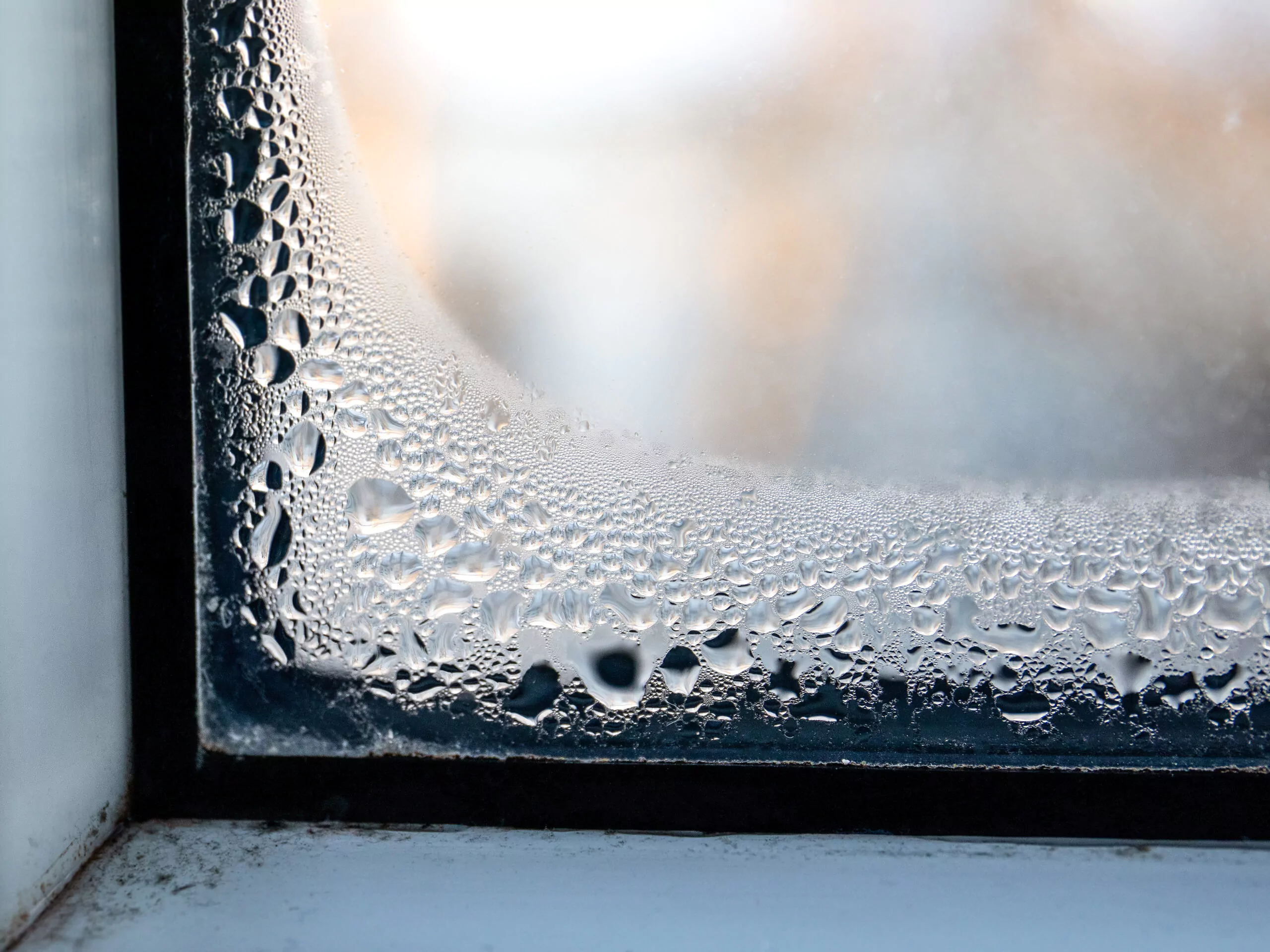Identify the Sources of Moisture

How to stop condensation on walls in bathroom – Moisture in the bathroom is inevitable due to activities like showering, bathing, and even simply breathing. However, excessive moisture can lead to condensation and other problems. Identifying the sources of moisture is the first step in preventing condensation.
In a humid environment, condensation on bathroom walls can be a persistent issue. To combat this, proper ventilation and exhaust fans are crucial. However, another solution lies in the choice of bathroom mirror. Round bathroom wall mirrors offer a unique advantage.
Their curved shape promotes better air circulation behind the mirror, reducing condensation buildup. By incorporating this simple design element, you can enhance both the aesthetics and functionality of your bathroom, effectively minimizing the unsightly effects of condensation.
Common Sources of Moisture, How to stop condensation on walls in bathroom
- Showers and Baths: The hot water from showers and baths releases a significant amount of steam into the air.
- Leaks: Even small leaks in plumbing fixtures or pipes can contribute to excess moisture.
- Ventilation: Poor ventilation prevents moisture from escaping, allowing it to accumulate on walls.
- Overcrowding: Too many people in a small bathroom can increase the humidity levels.
- Drying Clothes: Hanging wet clothes in the bathroom can add moisture to the air.
Identifying and Addressing Moisture Sources
Once the sources of moisture have been identified, steps can be taken to address them:
- Improve Ventilation: Install an exhaust fan or open a window during and after showers or baths to remove moisture.
- Fix Leaks: Check for leaks in plumbing fixtures and pipes and repair them promptly.
- Limit Overcrowding: Avoid having too many people in the bathroom at once, especially during showers or baths.
- Dry Clothes Elsewhere: Hang wet clothes outside or in a well-ventilated area to prevent moisture from accumulating in the bathroom.
Improve Ventilation

Proper ventilation is crucial in reducing condensation buildup. It allows moist air to escape and be replaced with fresh, dry air, effectively preventing condensation from forming on surfaces.
Various ventilation systems can be employed to enhance air circulation in bathrooms. Exhaust fans are commonly used and are installed in the ceiling or walls to draw out humid air and expel it outside.
Exhaust Fans
- Choose exhaust fans with a CFM (cubic feet per minute) rating appropriate for the size of your bathroom. A higher CFM rating indicates a more powerful fan.
- Ensure the fan is properly sized and installed to effectively remove moisture from the bathroom.
- Consider installing a timer switch to keep the fan running for a period of time after you leave the bathroom, ensuring thorough ventilation.
In addition to exhaust fans, windows and vents can also be used to improve ventilation. Opening windows or vents during and after showering allows moist air to escape naturally.
Windows and Vents
- Open windows or vents when showering or bathing to allow moisture to escape.
- Install vents in the bathroom ceiling or walls to provide additional ventilation.
- Consider using a bathroom exhaust fan in conjunction with windows or vents for maximum ventilation.
By implementing these ventilation solutions, you can effectively reduce condensation buildup in your bathroom, creating a healthier and more comfortable environment.
Control Temperature and Humidity: How To Stop Condensation On Walls In Bathroom

Condensation forms when warm, moist air comes into contact with a cooler surface. In the bathroom, this often happens when you take a hot shower or bath. The warm, humid air rises and condenses on the cooler walls and ceiling.
To prevent condensation, you need to control the temperature and humidity in your bathroom. Here are some tips:
Maintain an Optimal Temperature
The ideal temperature for a bathroom is between 70 and 80 degrees Fahrenheit. This temperature is warm enough to be comfortable, but not so warm that it causes excessive sweating.
Control Humidity
The ideal humidity level for a bathroom is between 30 and 50 percent. This level of humidity is low enough to prevent condensation, but not so low that it makes the air feel dry and uncomfortable.
Use a Dehumidifier
A dehumidifier is a device that removes moisture from the air. Dehumidifiers can be used to control humidity in the bathroom and prevent condensation.
Other Moisture-Control Devices
There are a number of other devices that can be used to control moisture in the bathroom, including:
- Exhaust fans
- Ceiling fans
- Air conditioners
These devices can help to circulate air and remove moisture from the bathroom.
It is not easy to keep condensation off bathroom walls, but a beautiful glass tray decor can make the effort seem more worthwhile. Use a squeegee to wipe down the walls after each shower and keep the bathroom well-ventilated to prevent moisture from building up in the first place.
